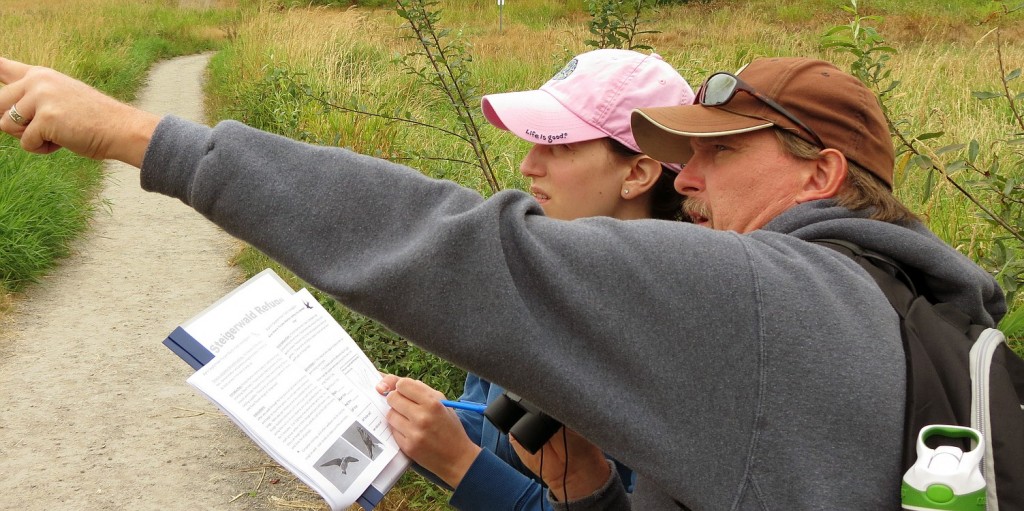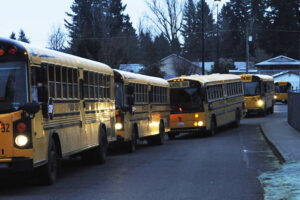Educators in the Camas-Washougal area spent a recent Tuesday morning exploring ways to teach their students by getting outside of the classroom and into nature.
Jim Clapp, Steigerwald Lake National Wildlife Refuge manager, coordinated two environmental education teacher trainings held at the refuge and nearby Jemtegaard Middle School in Washougal. With the help of the Columbia Gorge Refuge Stewards, Lower Columbia Estuary Partnership, Educational Service District 112 and Friends of the Ridgefield National Wildlife Refuge, teachers from Camas, Washougal and Battle Ground spent six hours learning how to teach using the outdoors.
“It is geared toward elementary schools, but there are applications for any level,” explained Josie Finley, one of the environmental education workers at the U.S. Fish and Wildlife Service in the area. “We really try to address the needs of the students.
“Teachers especially need to know about the area since we don’t have the number of volunteers to host tours ourselves.”
The teachers were taken on a hike through Steigerwald and received a sample pamphlet to give to their students and a CD with more information about the refuge.


